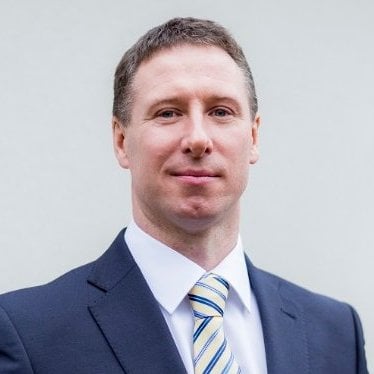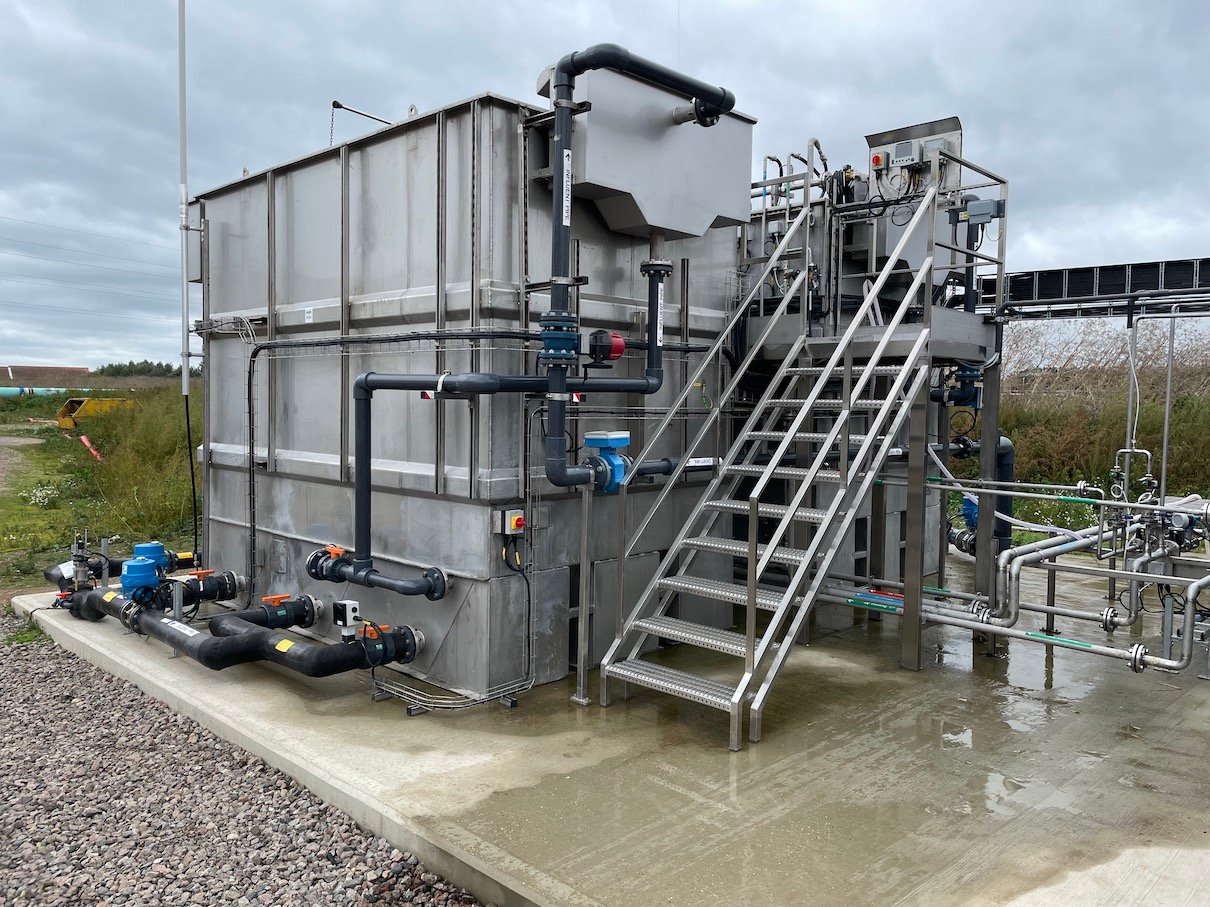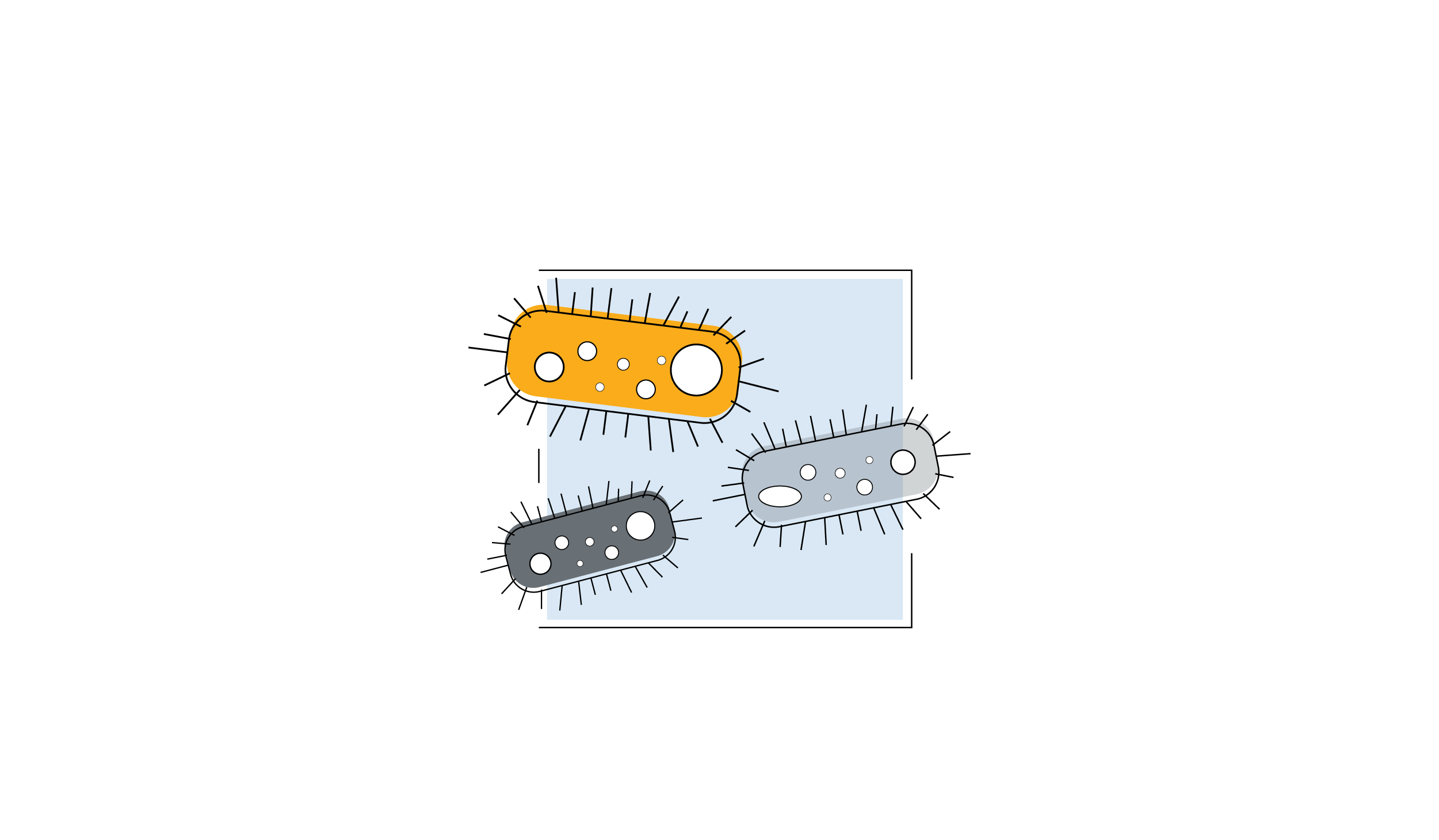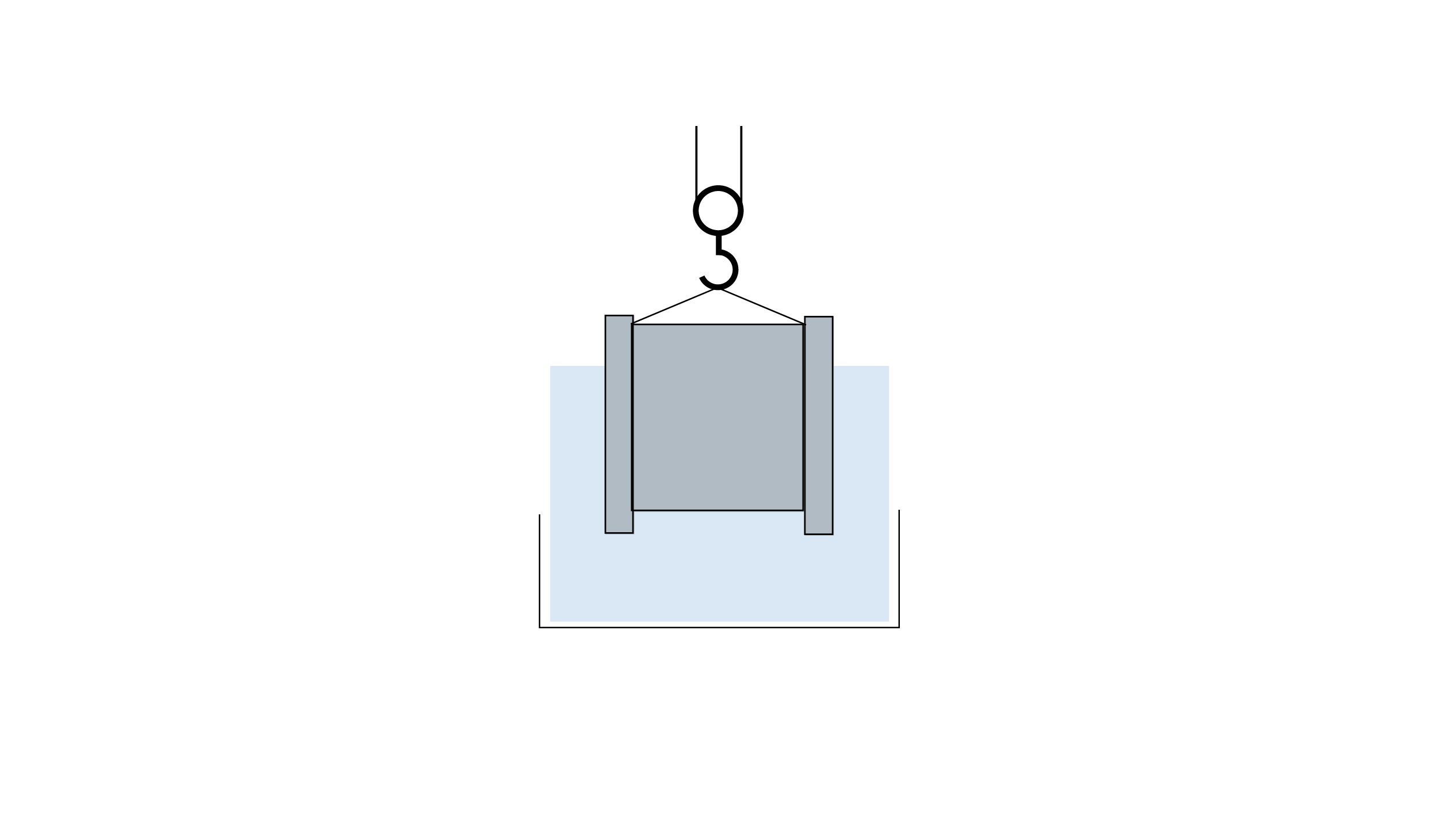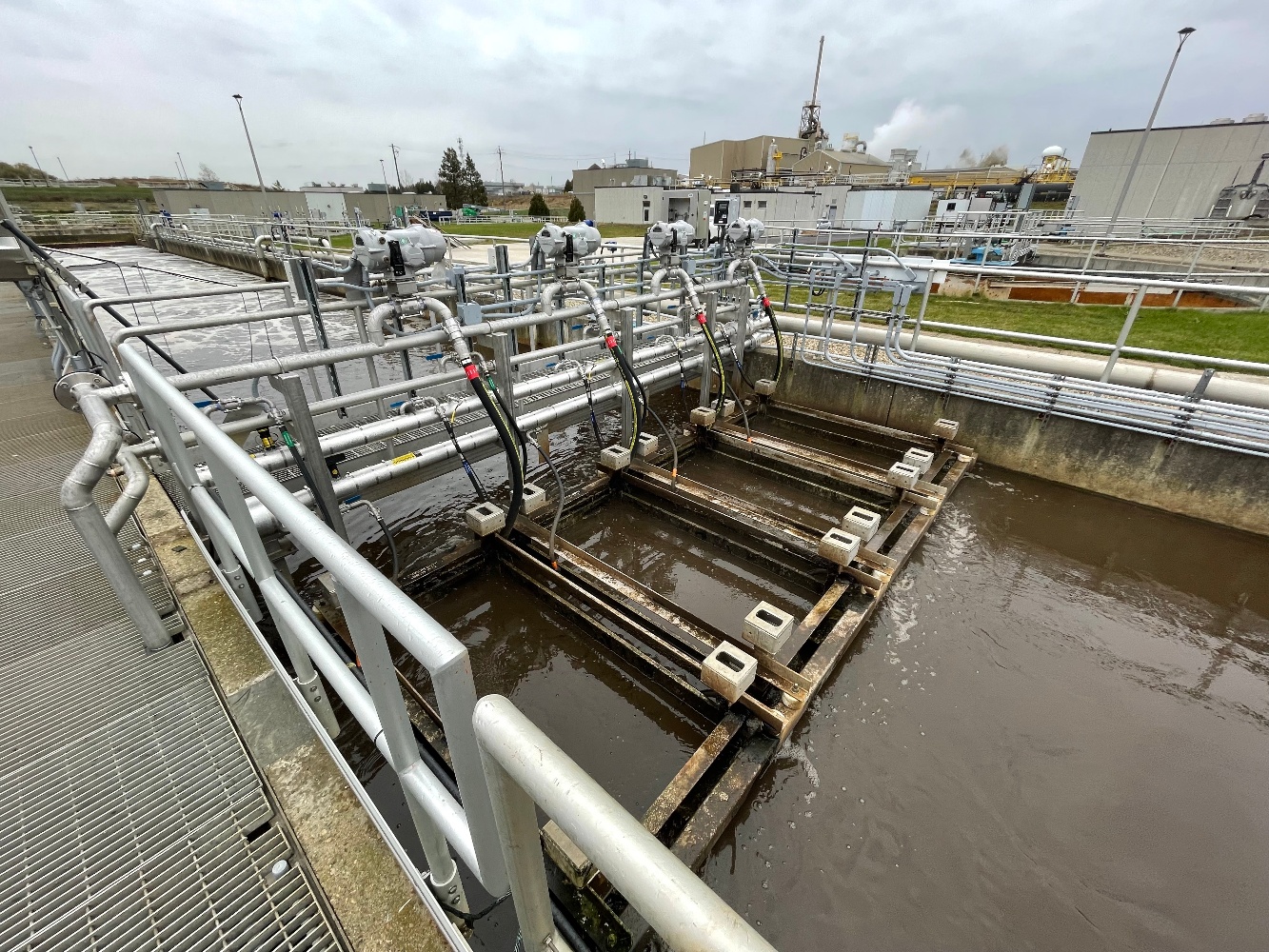Time to Get Serious About Wastewater Treatment
Why WasteWater Treatment Innovations Like MABR Can Transform Our Water
According to the fourth World Water Development Report, only 20% of global wastewater is treated (UNESCO, 2012). The vast majority of wastewater is discharged directly into the environment without any form of treatment. Worldwide wastewater treatment is clearly inadequate and failing both society and the environment.
Urban populations are projected to nearly double in the next 40 years, from 3.4 billion to over 6 billion people - but already most cities fail to provide adequate wastewater management due to absent, inadequate or aging sewage infrastructure (World Water Council, 2012).
According to a recent UN-Water Analytical Brief, a paradigm shift is urgently required in water politics the world over to prevent further damage to sensitive ecosystems, and to the aquatic environment.
 Unlike conventional markets such as Power, Telecommunications or Agriculture, we lack a fundamental economic drivers to encourage wholesale participation in cleaning up our wastewater. It appears to be simply more efficient and less costly to dispose of untreated wastewater into our oceans and rivers, that is until we start counting the real cost of our inaction.
Unlike conventional markets such as Power, Telecommunications or Agriculture, we lack a fundamental economic drivers to encourage wholesale participation in cleaning up our wastewater. It appears to be simply more efficient and less costly to dispose of untreated wastewater into our oceans and rivers, that is until we start counting the real cost of our inaction.
There are some parallels with Energy; in the 1970’s it seemed more efficient to burn oil and coal to produce energy, but now most of us understand the significant hidden costs of these practices. As a result Governments stepped in, incentivised renewable energy and started the low carbon revolution. Thanks to Moore’s law and demand momentum we are almost at a point where it doesn’t seem to matter how cheap oil has become, solar and wind have started to stack up as a more compelling solution across the spectrum of return drivers; Economic, Environmental and Social ROI’s.
So how do we flip Pareto on its head and go from 20% of wastewater being treated to 80%? How do we compete with a hole in ground or an ocean for discharge when participating in the global wastewater treatment market?
The problem may lie in the demand side, let’s review:
1. Economic driver
The wastewater treatment is only about $30 billion dollars a year, it should be a lot closer to a Trillion! In almost every economy a cubic meter of treated wastewater has almost no market value other than meeting the regulatory drivers.
Driver – Poor
2. Environmental driver
Given the huge differences between developed and developing countries in political structures, national priorities, socioeconomic conditions, cultural traits and financial resources, adoption of developed countries strategies for wastewater management is neither appropriate nor viable for [many] developing countries.” Massoud et al. (2009).
Driver - Poor
3. Societal driverIn high income countries up to 20% of the wastewater is untreated, and in middle to low income countries it is approximately 87% untreated.
Driver - Poor
What can the value proposition be for wastewater treatment to prompt us to move the needle? How do we create a demand side revolution? Well maybe we already have a number of key scarcity drivers in place, we just haven’t woken up to the reality yet. When we do, the market should begin to price and prioritise wastewater treatment for the scarce resource it is:
- Water scarcity (Remember peak oil)
- Food scarcity, relates just as much to the food we secure from our oceans as well as our fields
Conclusions:
These challenges requires new thinking, fresh faces with fresh ideas, people who are prepared to step up and accept the challenge of dealing with this problem.
We are now living in the exponential age where we are limited by our power to imagine. Those who fail to imagine a better future will suffer the consequences of their lack of forward thinking whether they be governments or corporations. Remember Kodak?...In 1998, Kodak had over 170,000 employees and had 85% of the photographic paper market worldwide. Within just a few short years, their business model disappeared and they went bankrupt - and most people didn't see it coming. Did you think in 1998 that 3 years later you would never print pictures on paper film again? Yet digital cameras were invented in 1975. The first ones only had 10,000 pixels, but followed Moore's law (Moore's Law is the observation made in 1965 by Gordon Moore, co-founder of Intel, that the number of transistors per square inch on integrated circuits had doubled every year since the integrated circuit was invented. Moore predicted that this trend would continue for the foreseeable future).
So as with all exponential technologies, it was a disappointment for a long time, before it became way superior and got mainstream in only a few short years. It will now happen with health, cars, education, 3D printing, agriculture and certainly water & wastewater treatment! Welcome to the 4th Industrial Revolution, welcome to the Exponential Age.
We believe wastewater treatment advancements should have an exponential impact. Why not visit OxyMem today and learn about how we are ‘cutting the crap’ in the Wastewater world, it really is an unstoppable movement! #CutTheCrap
